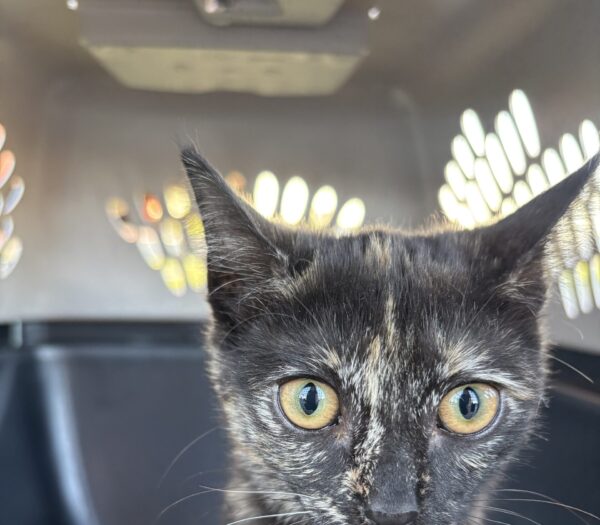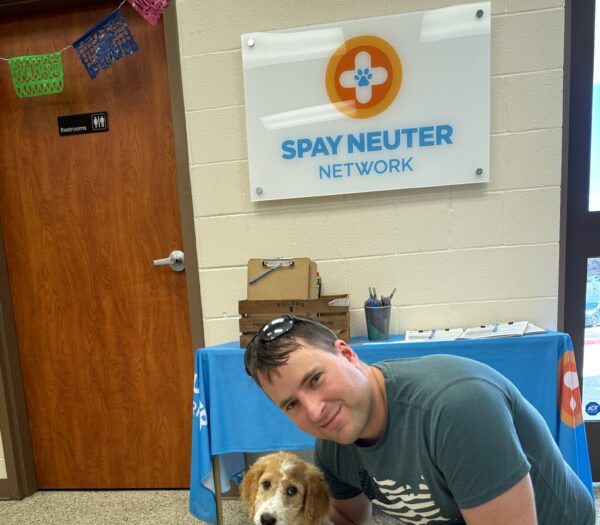If you’ve spent years feeding and caring for feral or semi-feral cats in your neighborhood, you know they’re more than just strays. They’re your responsibility. So what happens when you move? While relocating feral cats (or even a small colony) isn’t ideal, sometimes it’s the only humane option, especially when no one else is able or willing to step in to take over their care. If you leave without a plan, they’ll likely suffer, and hunger will set in quickly.
So here are your options:
- Find a neighbor to take over their care. Post on Nextdoor, local Facebook groups, or ask around your vet or shelter. A kind neighbor may be willing to help if they understand what’s involved.
-
Reach out to a local feral cat group. They may know caretakers who are set up to help or have experience with relocation.
-
Ask the new tenants or homeowners if they’d be open to feeding the cats. Many will say no, but some might surprise you, especially if they are animal lovers.
-
Relocate them with you. If you’re moving to a rural or cat-safe property, you can bring them—but it requires a step-by-step acclimation process to help them adjust and stay safe. If you choose this route, keep reading. I’ve included a detailed relocation guide below to guide you through the process.
Step 1: Prepare the New Location
- Check local laws or ordinances about outdoor cats in your new area.
- Make sure the new environment is safe: low traffic, no nearby aggressive pets, no local predators.
- Get permission if the property isn’t fully yours.
- Have a quiet, sheltered area ready for confinement (garage, shed, barn, or secure outdoor enclosure).
Step 2: Set Up a Confinement Space
Feral cats must be contained at the new location for 2–4 weeks, allowing them to adjust and imprint on the new territory.
- Use large dog crates (42” or bigger) or build a secure enclosure.
- Each crate should include:
- A hiding spot (covered box or carrier)
- Litter box (use familiar litter if possible)
- Food and water bowls (placed far from the litter box)
- A towel or blanket draped over part of the crate for privacy
Step 3: Trap the Cats
- Use humane live traps (like Tomahawk or Tru-Catch).
- Do not feed the cats for 24 hours prior to trapping to increase your success of catching them.
- Label each trap with the cat’s name/description.
- Cover the trap with a towel or sheet once the cat is caught to reduce stress.
- Transport them directly to your confinement area.
Tip: Move all cats at once (if possible) to avoid breaking up a bonded group and so they can all be confined at the same time.
Step 4: Confinement Period (2–4 Weeks)
- Feed on a consistent schedule and maintain a calm environment.
- Visit regularly, but minimize stress—talk softly and observe quietly.
- Clean litter daily and refresh food/water.
- Use familiar-smelling items from their old territory if possible (blankets, straw).
- Avoid letting them out early. They need time to be very familiar and bonded to the new space.
Step 5: Release
- Choose a quiet morning for the release.
- Open the crate/door and allow them to exit at their own pace.
- Do not force them out.
- Leave food and water in the same spot where they were during confinement.
- Gradually move the feeding station to your preferred long-term spot over the next 1–2 weeks.
Step 6: Ongoing Care
- Provide daily food and fresh water.
- Offer ongoing shelter (insulated cat houses, straw-filled crates, under a porch, etc.).
- Monitor for signs of illness, injury, or if any cats go missing.
- Keep the area clean and avoid attracting wildlife or pests.
Additional Tips:
- Remember, relocation is a last resort. Cats form strong bonds to their territory, and relocation can be a stressful experience. But if you’re their only caregiver and there’s no one to take over at your old home, moving them is justified and needed.
- Feral cats may disappear for a few days after release, but often return if they’ve been confined properly.
- Consider microchipping them before the move if you haven’t already.
Originally appeared on CathyRosenthal.com | Moving with Feral Cats: How to Relocate the Ones You’ve Been Caring For
Cathy M. Rosenthal is a seasoned animal advocate, author, and syndicated pet columnist with over 35 years of experience in the animal welfare field. To learn more, visit CathyRosenthal.com, or connect directly through Spay Neuter Network by sending your pet questions to her at Cathy@spayneuternet.org.











